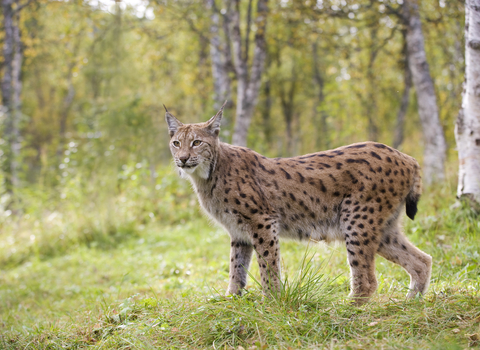Meet the Missing Lynx Project ambassadors
Get to know some of the people supporting the Missing Lynx Project and our approach to exploring the possible reintroduction of lynx to Britain.

Lauren Harrison
Lauren and her partner Liam farm on Hadrian’s Wall. Alongside other farmers, they are trying to contribute food and fibre for their community whilst supporting biodiversity on their farms and in the wider area. Lauren believes we are part of nature and will always have an impact on our landscape. She aims to make that impact as positive and sustainable as possible.
“The Eurasian lynx was part of the fauna of Britain until very recently. It belongs here and has an important role in the food chain. Lynx are beautiful and enigmatic and the thought of them living once again in our forests is incredibly exciting.
“The return of lynx will need the support of local communities. The Missing Lynx Project takes a sensitive approach, listening to concerns to minimise any negative impacts their return could have and maximise opportunities they could bring. I am delighted to support them and hope this project will be successful.”

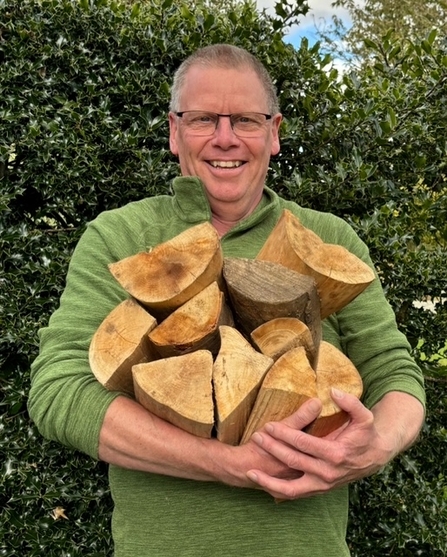
Chris Skelton
Chris moved to the Scottish Borders over 35 years ago to pursue a career in forestry. Having experienced work in all aspects of the industry, it is forest surveying that has been the focus of his work for most of that career. Chris believes that investigating the reintroduction of lynx is an essential part of the 21st century conversation concerning our relationship with the environment.
“I have seen tremendous change during my time in the forest industry. This includes the realisation that forestry has an integral role to play in terms of biodiversity, climate change mitigation, ecology, well-being, and social cohesion.
“I welcome The Missing Lynx Project as a well-informed, evidence-based and respected project that can progress the dialogue concerning a proposed reintroduction of lynx. Its recognition of the need to listen to the voices of all stakeholders is key to its integrity.”

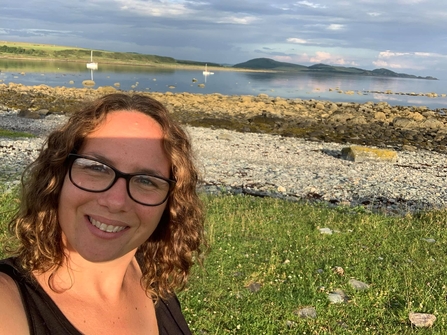
Lucy Thornton
Lucy is a lecturer in Wildlife and Conservation Management. She is particularly fascinated by human: animal interactions and conflict, whilst also being passionate about behavioural ecology, specifically human influence on animal behaviour and associated conservation strategies to lessen these impacts.
“I am extremely excited about the future potential for reintroducing the Eurasian lynx into the area and I am keen to support the exploration of relationships between local communities and lynx in Scotland. Restoring the ecological balance by allowing lynx to control our deer population could be key to ensuring the future of Scottish woodlands both ecologically and commercially, not to mention restoring the ecological vibrancy of the region. I would love to see our landscapes restored to fully support a more diverse range of species whilst also benefitting rural industry.
“I am delighted to be an ambassador for The Missing Lynx Project as I have become particularly interested in their work after attending a local community consultation workshop. I’m excited to support a project that is taking lessons from science and experiences from other countries across Europe to engage communities in their work.”

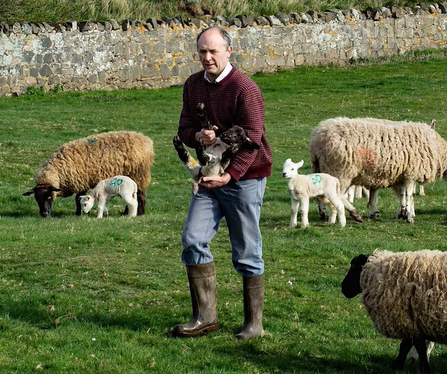
John Creswell
John has farmed in Northumberland for 33 years. He has a mixed family partnership (suckler cows, sheep and combinable crops), much of which has been managed under organic protocols for almost 20 years. Prior to that he received a degree in Agricultural Business Management from London University and worked as a farm manager in East Anglia and in the South Monadhliath. He has been a director of College Valley Estates, Northumberland, for over 10 years and a director of the rain cooperative Coastal Grains for 25 years. He has also worked as a consultant for large agriholdings in eastern Europe.
“I think there are some significant potential benefits from lynx reintroduction, both for the environment and farmers. As an example, I think they could make a material difference to the numbers and behaviour of roe deer in this area, which are doing considerable damage to woodland and crops. After speaking to sheep farmers elsewhere in Europe who live with lynx, I do not think that their presence will seriously threaten my sheep.
“The Missing Lynx Project has set out to ask farmers and land managers: ‘what would have to be done to make the reintroduction of lynx acceptable?’ I think this is a sensible and respectful question. I like the way that the project leads with facts and doesn’t shy away from addressing the difficult questions, which has to be the right basis for any constructive debate.”

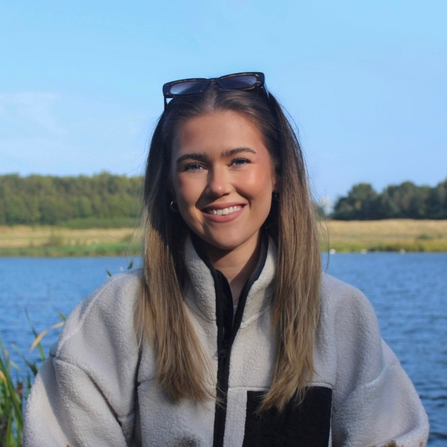
Laura Thompson
Laura is a Biology graduate from Newcastle University and is keen to start a career in conservation. Her dissertation focussed on rewilding, where she discovered her passion and enthusiasm for nature recovery. This led Laura to become a volunteer with The Missing Lynx Project.
“The reintroduction of lynx into Northumberland would bring numerous ecological, economic, and cultural benefits. Supporting lynx reintroduction is about restoring natural processes, enhancing biodiversity, and ensuring the long-term health of ecosystems. It offers a chance to reconnect with nature and to leave a positive legacy for future generations.
“Supporting The Missing Lynx Project means endorsing an evidence-led approach to exploring lynx reintroduction. They draw on research from European projects, collaborate with local communities and have created a fantastic exhibition to raise awareness. Involving local communities ensures their needs and knowledge are part of the reintroduction process, contributing to a richer and more balanced natural landscape.”

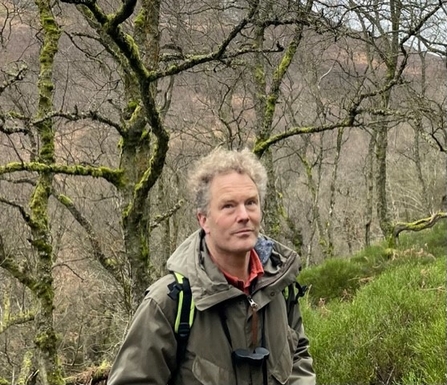
Walter Riddell
Walter is a land manager from the hilly part of central Northumberland, with an interest in linking ecology and business. He set up the Hepple Spirits Company to celebrate the value of the rarer plants that grow wild in this incredibly clean part of the world. They draw on many of these plants for the high-quality spirits produced from their distillery. Walter has recently branched out to explore other options the land has to offer, including high-quality meat from the abundant local roe deer.
“I have been fascinated to hear from The Missing Lynx Project about the impact of lynx on the landscape. I believe the research is deep and has looked closely at the interactions of lynx with similar habitats across Europe. I am also struck by the careful tone of the discussion and the respect that I believe is being shown to all members of the community, by listening and discussing what the outcome of a reintroduction might look like.
“When it comes to the impact of lynx on the landscape, I am personally persuaded that it will be profoundly positive. But I do accept that until it is done, we will not know for sure, that uncertainties remain. What I am sure about, however, is that such an introduction would massively add to the reputation of this area of North East England as a place of exceptional natural power. And that reputation is something that many start-up businesses like mine that draw from the land would find incredibly valuable.”

